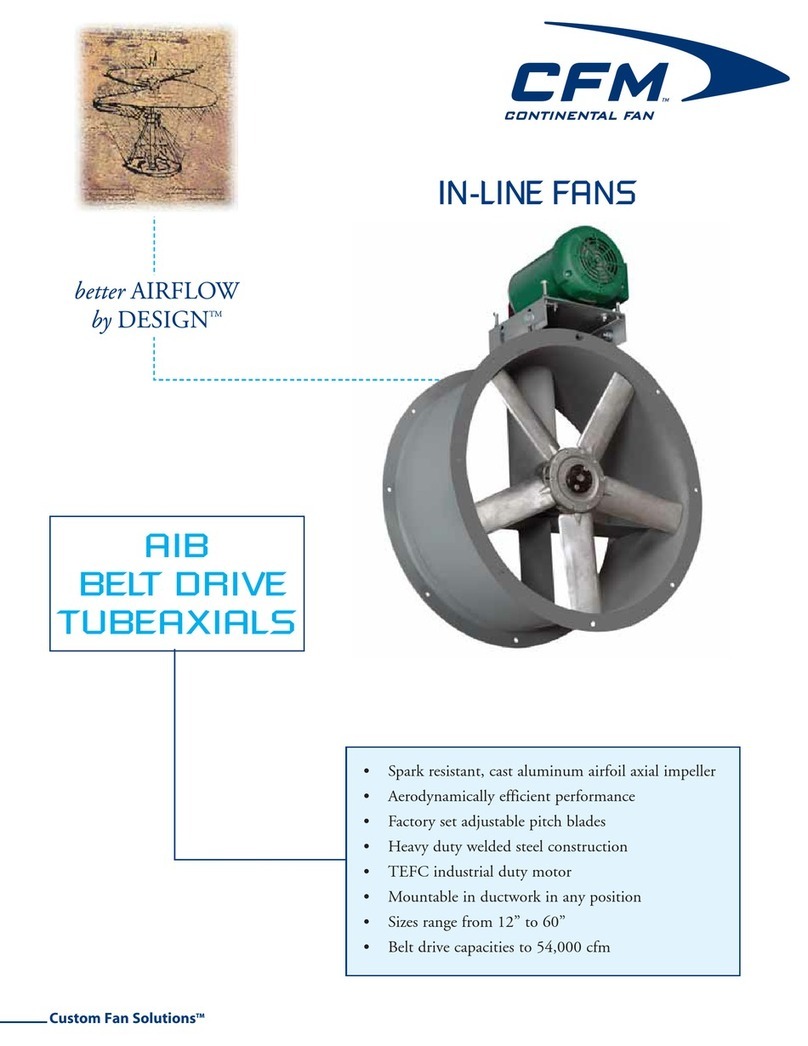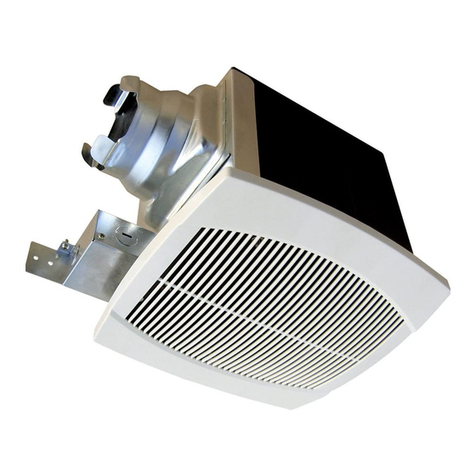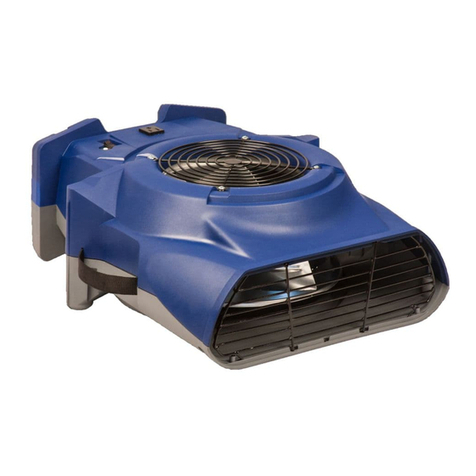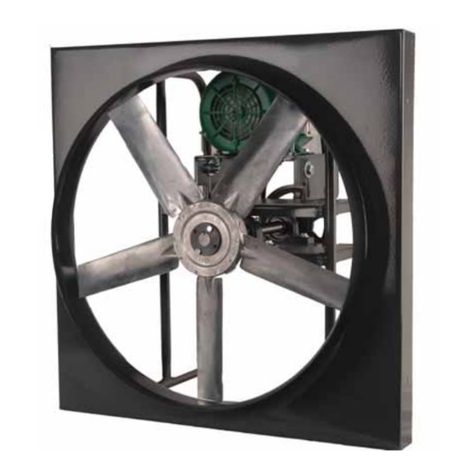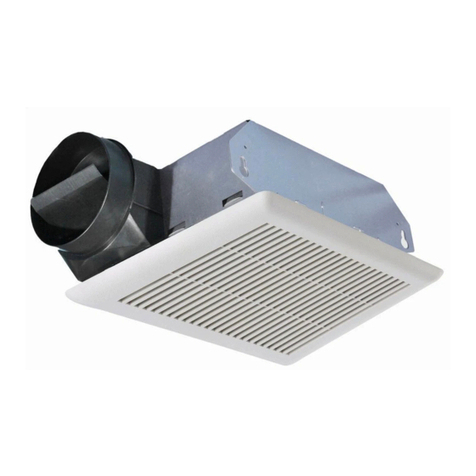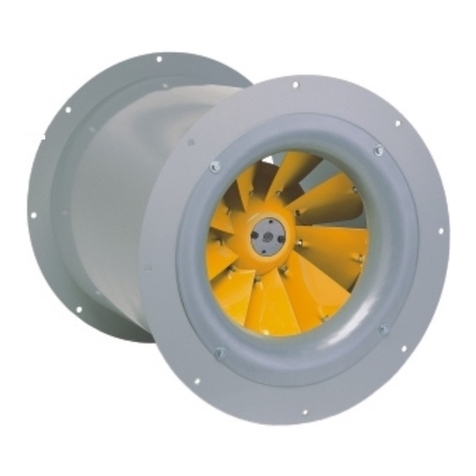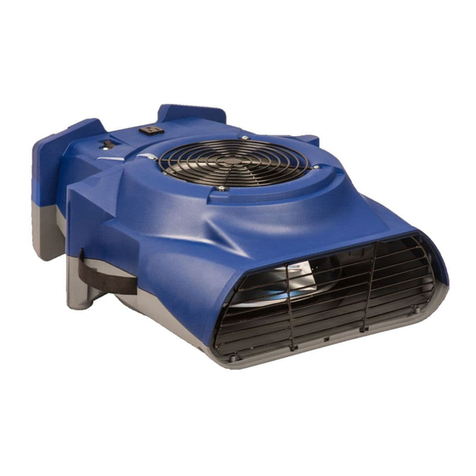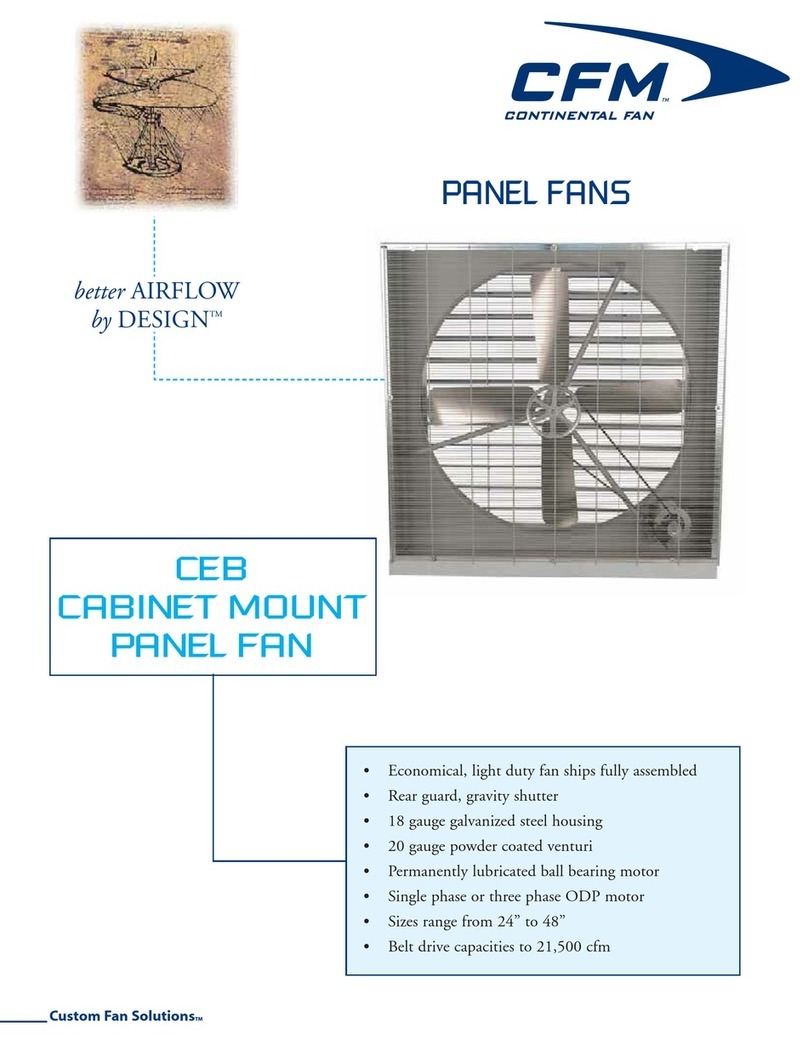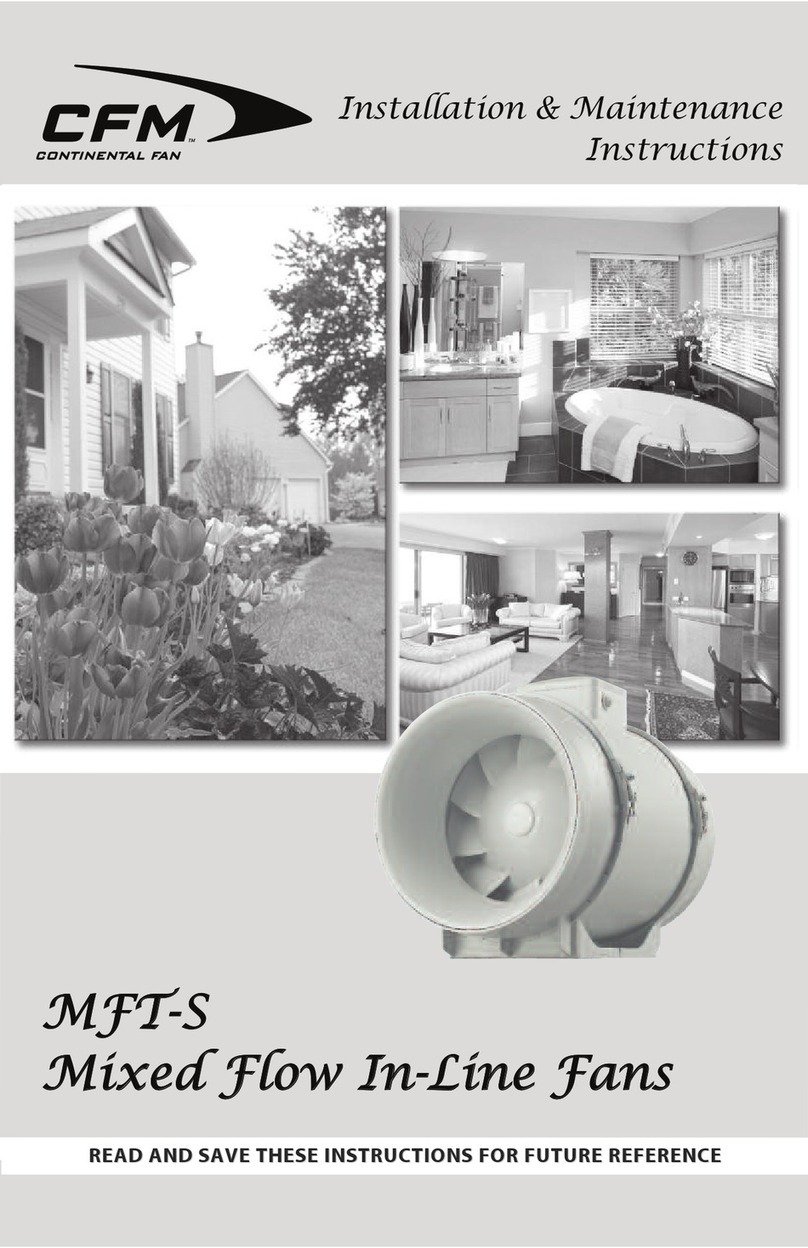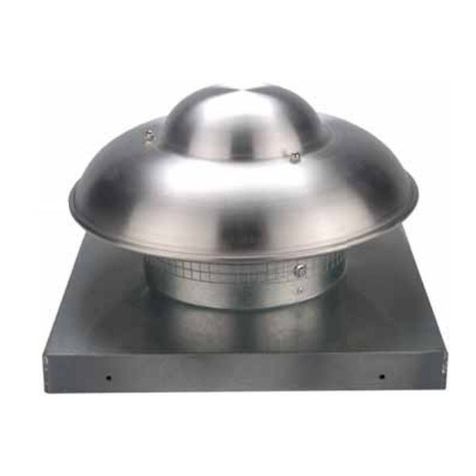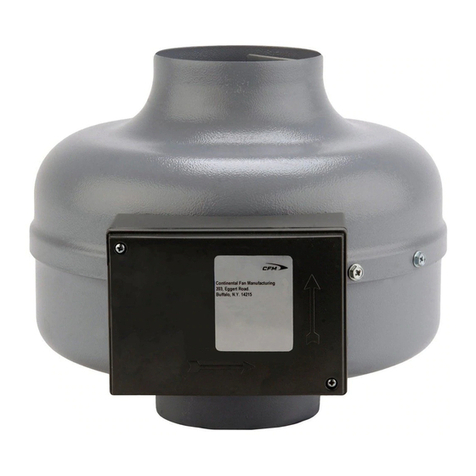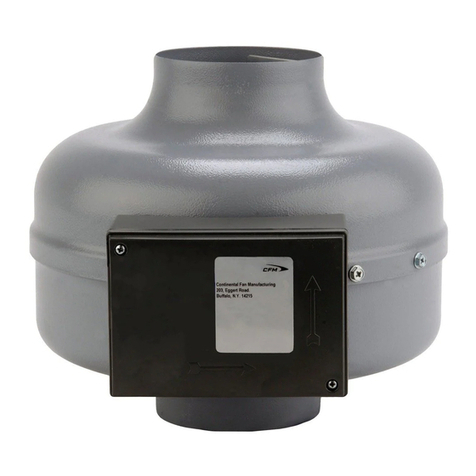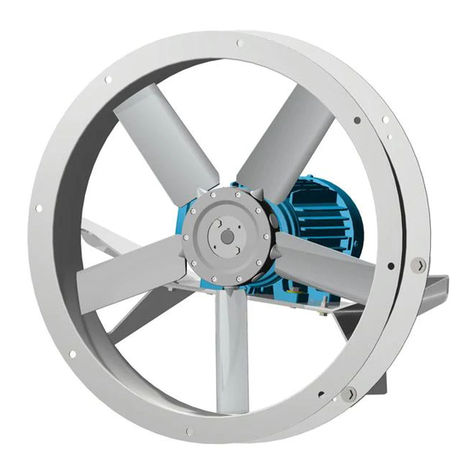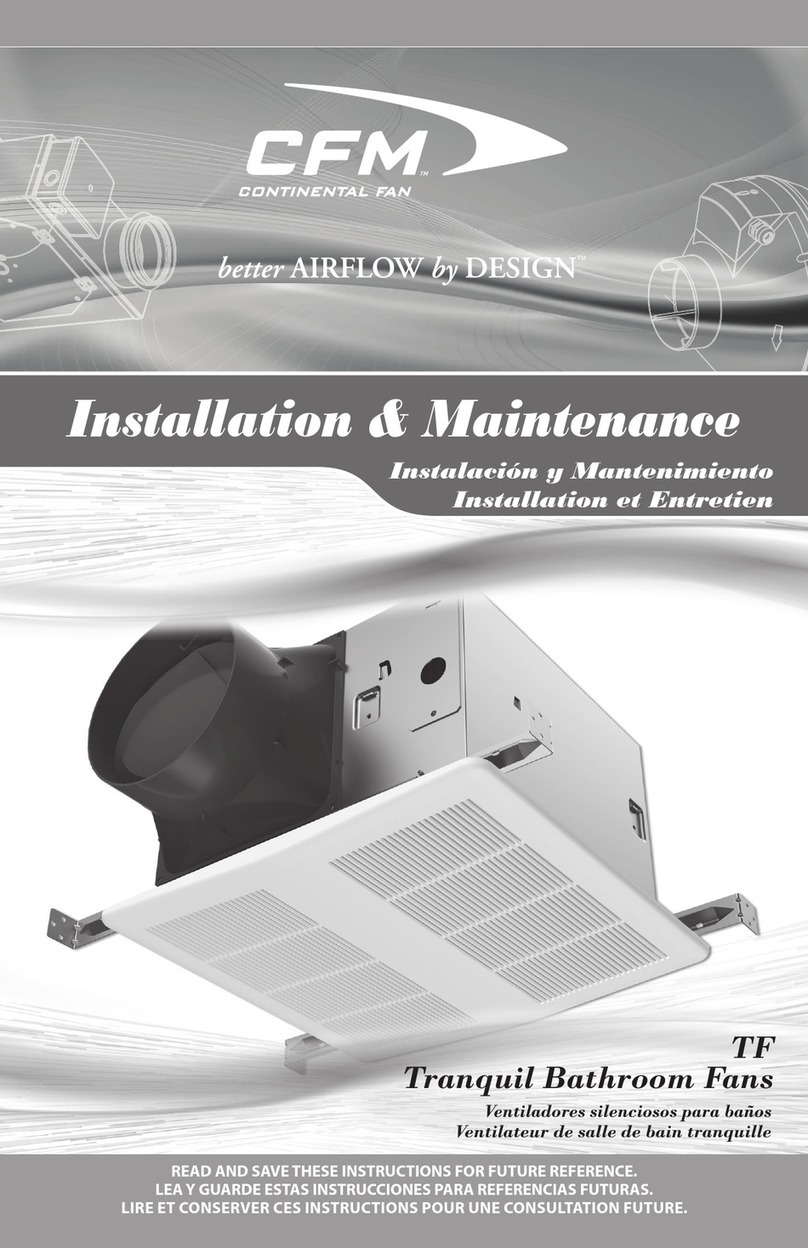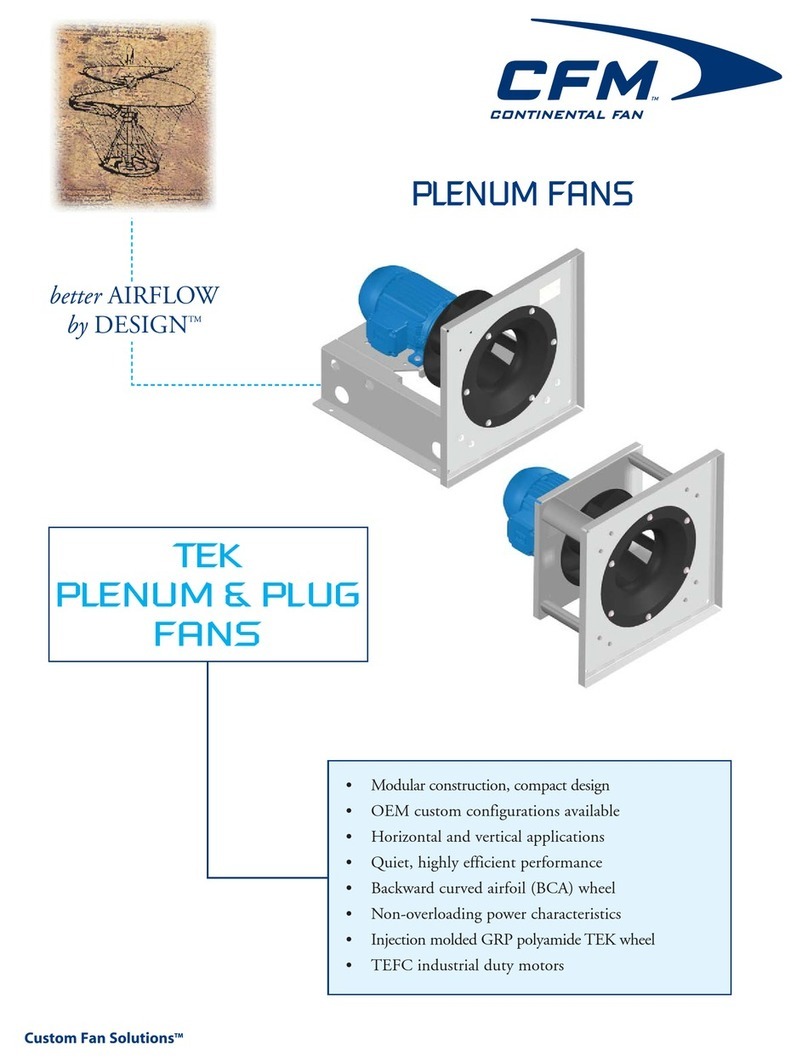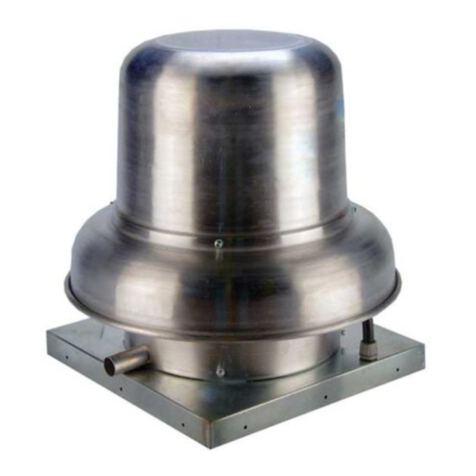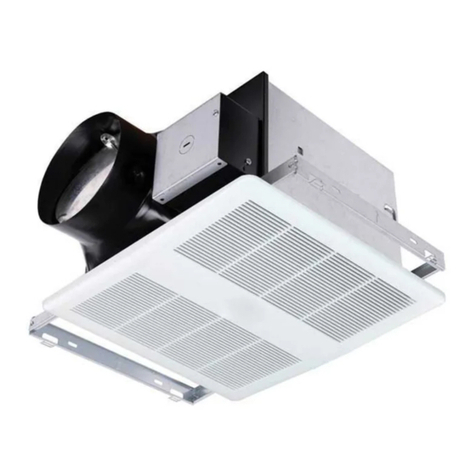
The ECO-FLO Energy Recovery Ventilator is not explosion proof and should not
be used when a potentially explosive situation exists.
TO REDUCE THE RIS OF FIRE, ELECTRIC SHOC , INJURY TO PERSONS, PLEASE
READ THESE INSTRUCTIONS CAREFULLY
1. Disconnect the ventilator from power mains prior to any installation or maintenance operations.
2. Use this ventilator only in the manner intended by the manufacturer. If you have questions,
contact the factory.
3. A qualied person(s) must perform installation work and electrical wiring in accordance with
all applicable codes and standards, including re-rated construction codes and standards.
4. While installing the ventilator, follow the safety regulations specied to the use of electric tools.
5. The installation location of the ventilator must prevent unauthorized access by unattended
children.
6. Do not use damaged equipment or cables when connecting the ventilator to power mains.
7. Do not lay the power cable of the ventilator in close proximity to heating equipment.
8. Protect electric parts of the ventilator against ingress of water. Do not touch the ventilator’s
controls or carry out installation and maintenance operation with wet hands. Do not wash
the ventilator with water.
9. Do not touch the unit when barefoot.
10 The ventilator should never be operated in an area with hazardous and/or explosive vapors.
11. Do not direct the airow produced by the ventilator toward open ame or ignition sources.
12. When cutting into walls, take care not to damage electrical wires and other hidden utilities.
13. Disconnect the ventilator from power supply and contact the Seller if unusual sounds are
generated or smoke is emitted.
14. The ventilator must be grounded.
1. Check for any visible damage to the ventilator before installing it. The housing internals must
be free of debris, which can damage the impeller blades.
2. For general ventilating use only. To avoid motor damage and noisy and/or unbalanced
impeller, keep the ventilator clean from drywall spray, construction dust, etc.
3. Misuse of the ventilator and/or any unauthorized design alterations or modifications voids
the warranty.
4. Avoid damaging the power cable. Do not bend or put foreign objects on the power cable.
5. The connection to the power mains must be made through a means of disconnection, which
is incorporated in the xed wiring in accordance with the wiring diagram, and has a contact
separation in all poles that allows for full disconnection under overvoltage category III
conditions.
6. For interior use only. The temperature where the interior ventilator is located must range from
34 F/1 C up to 104 F/40 C. Relative humidity shall not exceed 65%. Ambient temperature of
transported air should range from -4 F/-20 C up to 104 F/4 0 C. Do not operate the ventilator
in aggressive or explosive environments.
7 Not for installation or operation by any person that is unable to follow these safety guidelines.
8. Do not open the ventilator during operation.
9. To ensure optimal airow, do not close or block the ventilator’s inlet or outlet. Do not sit or
put objects on the ventilator.
10. In case of continuous operation of the ventilator, periodically check the security of mounting.
11. Store the fan in manufacturer’s packa in in a ventilated room at temperatures between 41 F
/ 5 C and 104 F / 40 C. Relative humidity should not exceed 70%.
SAFETY INSTRUCTIONS
2
